Noise Sensor Price List
The application of noise sensors is increasing in today's society, and their importance is not only reflected in the field of scientific research, but also plays a key role in many aspects such as urban planning, environmental protection, and public health. A noise sensor is a type of sensor used to measure the level of noise in an environment. It usually consists of one or more acoustic sensors that can detect and measure noise of different frequencies. The following is the price list of noise sensors provided by ATO online store, hoping to provide you with reference.
ATO Noise Sensor Price List
| Product Picture | Product Name | SKU | Measuring Accuracy | Frequency Range | Price |
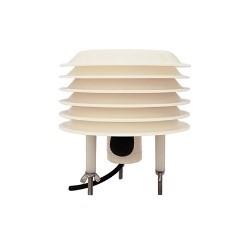 |
Noise Sensor, Louvre Box Type | ATO-NS-LBT485 | 30~130dB | 10~20KHz | $124.68 |
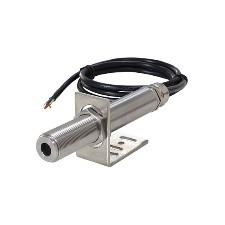 |
Noise Sensor, Stainless Steel | ATO-NS-ST485 | ±3dB | 100~4000Hz | $134.28 |
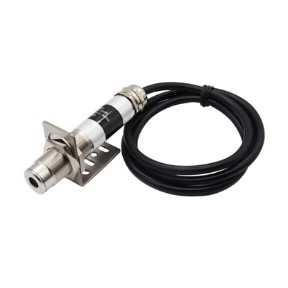 |
Noise Sensor | ATO-NC-YS1920 | 30~130dB | 31.5 ~8kHz | $127.46 |
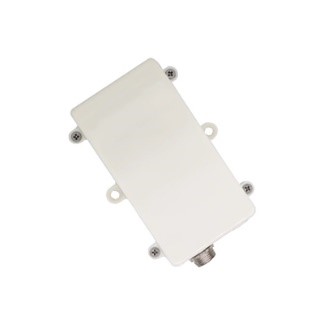 |
Waterproof Noise Sensor, TTL | ATO-NS-TTL | 30~130dB | 31.5~8kHz | $101.61 |
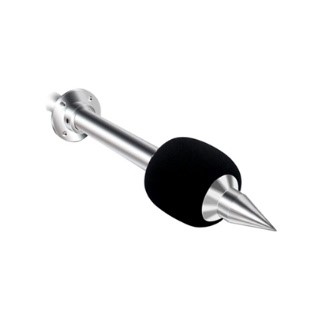 |
Noise Sensor | ATO-NS-RS | 30~130dB | 20Hz~12.5kHz | $118.89 |
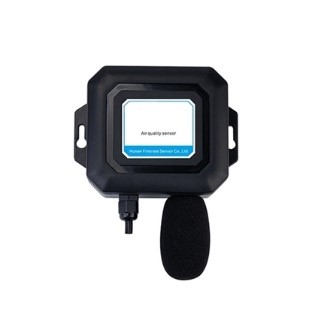 |
Noise Detection Sensor | ATO-NS-WM485 | 30~120dB | 20Hz~12.5KHz | $165.89 |
Note: The above price list is for reference only. For bulk purchase or discount, please come to contact us.
Regular Maintenance of Noise Sensor
After purchasing the noise sensor that meets our needs, it is also necessary to maintain and clean it later on. This not only extends the service life of the noise sensor, but also reduces the risk of data collection failure. Therefore, regular maintenance of noise sensors is crucial to ensure their long-term stable operation. Regularly clean the surface of the sensor, check the power supply and connection wires of the sensor to ensure its normal operation. Once the noise sensor is working properly, data can be monitored and analyzed. Use specialized analysis tools to monitor changes in noise levels and take appropriate control measures as needed. The analysis of noise monitoring data can provide important references for urban planning, environmental management, and public health.
Before selecting and maintaining a noise sensor, it is necessary to fully consider the noise source, target usage scenario, data recording and processing, calibration process, and power requirements. Careful evaluation of these issues will improve the performance and accuracy of sensors, and ensure data accuracy, which can play a very good role in our production and living environment.

